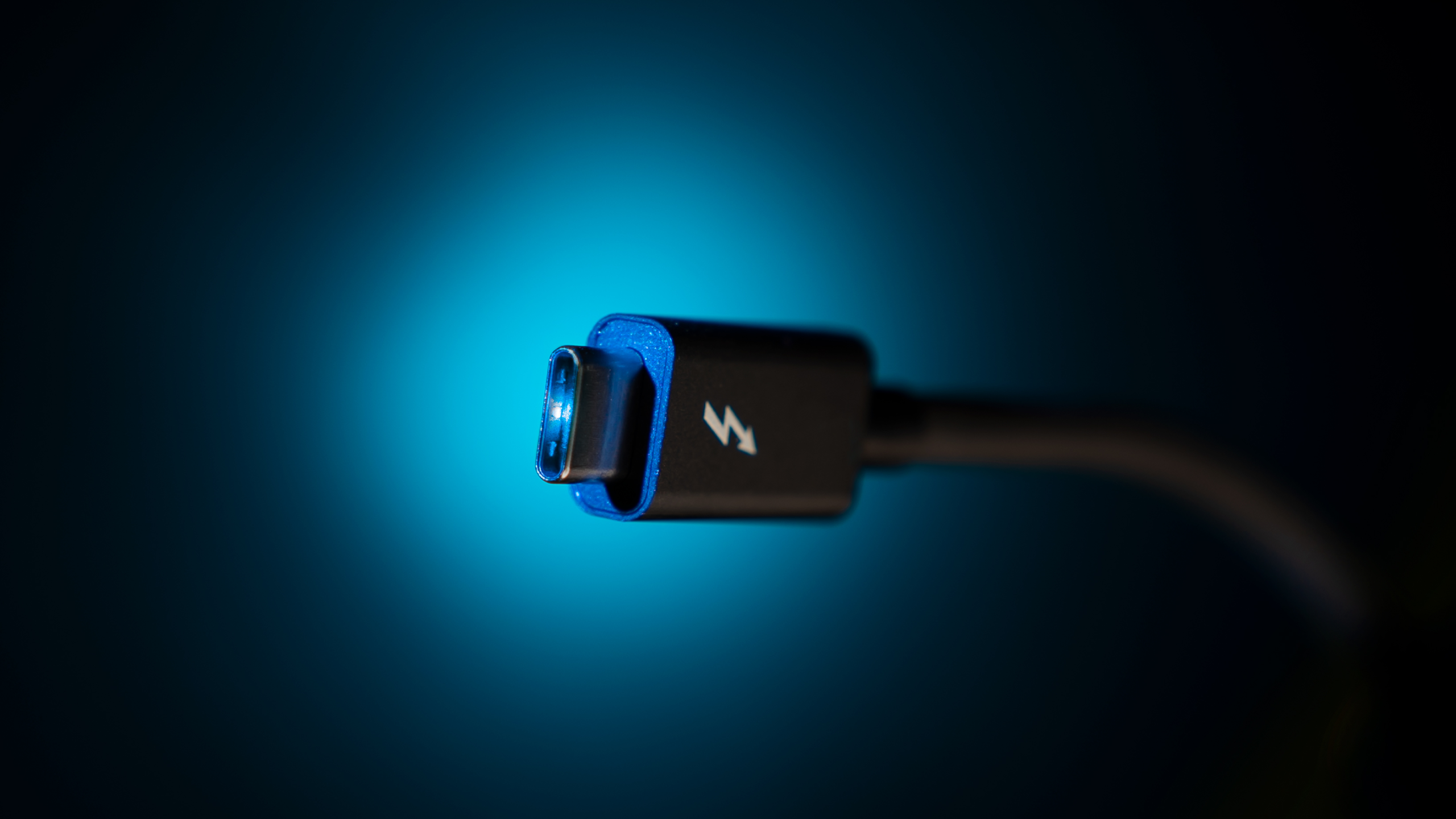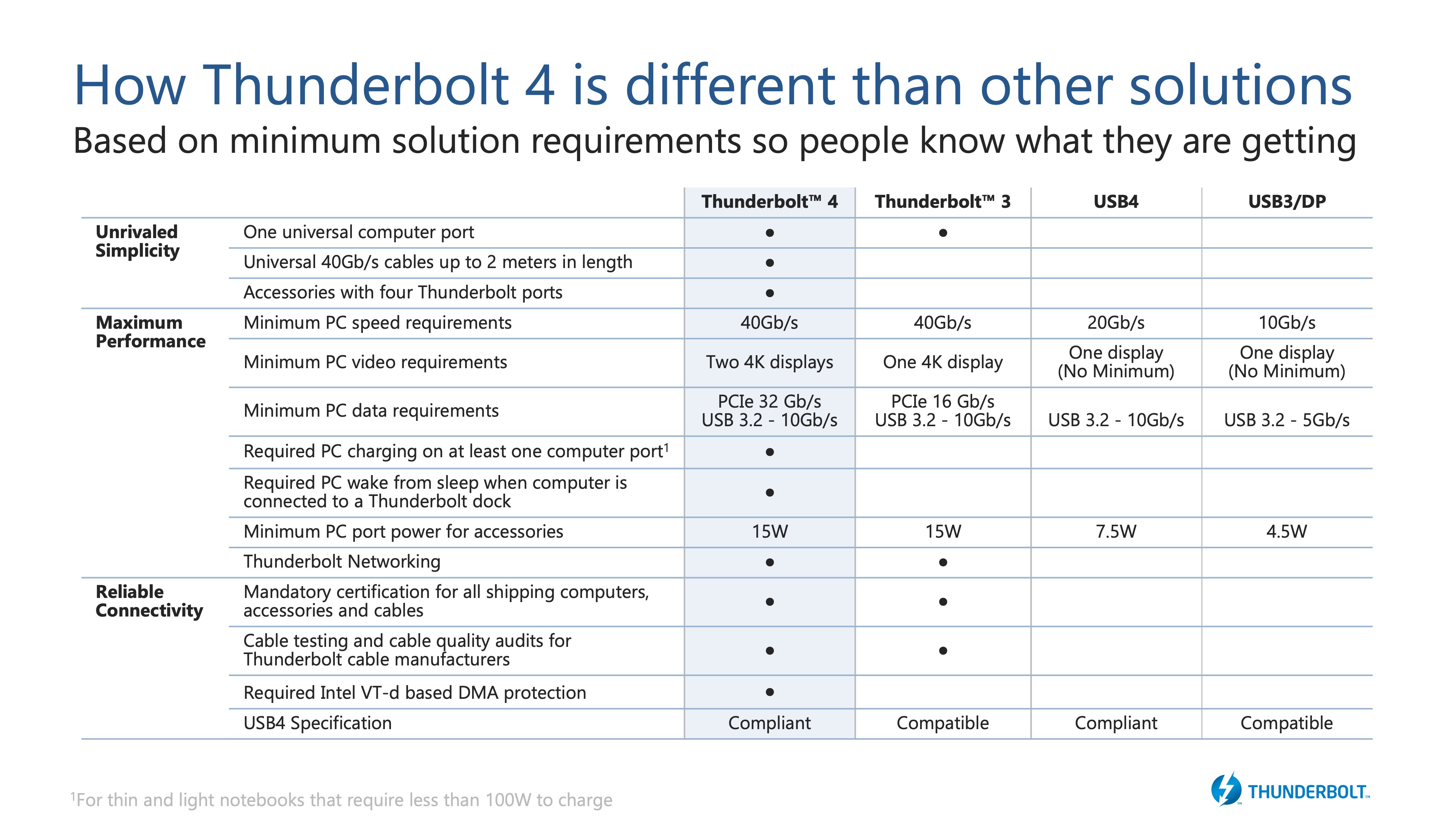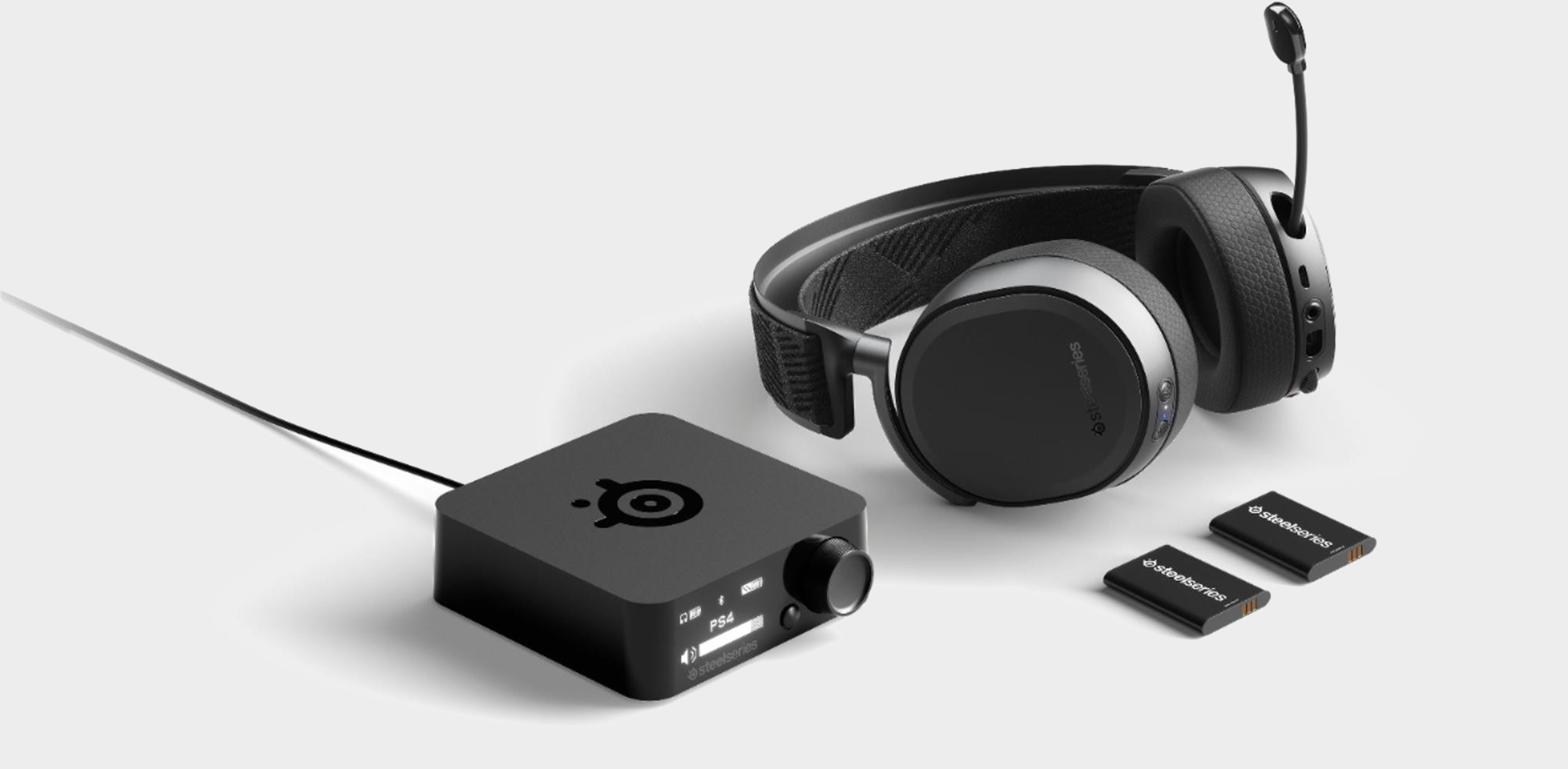Intel details Tiger Lake's next-gen connection standard, Thunderbolt 4
Intel promises 'universal cable connectivity for everyone'. Erm... guys?

It isn't easy getting excited about a connection standard, and believe me I've tried. This is even harder when you've got a universal standard already in place—I'm talking about USB for those not paying attention. So Intel has a bit of an uphill struggle on its hands, although it's making the right noises about Thunderbolt, and has managed to squeeze support for Thunderbolt 3 onto loads of motherboards and laptops with its latest chips, so there is hope.
Somewhat surprisingly for a new standard, Thunderbolt 4 hasn't doubled down on the previous iteration in terms of raw throughput. It offers the same 40Gb/s bandwidth as Thunderbolt 3, which is still double that offered by USB4's 20Gb/s. For reference USB 3.1 Gen 2 offers up 10Gb/s, while straight USB 3.0 will see you good for 5Gb/s.

What has doubled though, is the number of 4K displays that the interface can drive, going from a single 4K display up to two, or a single 8K display if you'd prefer. The supported cable length has increased to 2 meters, and hubs with four Thunderbolt connections also get a look in. This is while retaining USB4 compatibility.
There's a video from inside of Intel's Thunderbolt labs showing what sort of connectivity is possible using an Intel Tiger Lake laptop hooked up to a pair of 4K displays, via a Thunderbolt 4 hub. This includes a brief shot of files being copied across to the machine from an Thunderbolt external hard drive, which quickly cuts away when you see the performance drop off a cliff.

Best wireless gaming mouse: ideal cable-free rodents
Best wireless gaming keyboard: no wires, no worries
Best wireless gaming headset: top untethered audio
It's probably wise that Intel tries to get people excited about Thunderbolt, because it's biggest supporter for many years was Apple, and that relationship took a bit of a turn for the worse recently, when Apple announced that it was dropping Intel in favour of its own ARM-based processors.
Whether we actually need another standard vying against USB4 is up for debate, especially as it looks the same (it uses the same USB Type-C port), but being able to drive two displays from a Tiger Lake laptop may just be enough to win us over.
The biggest gaming news, reviews and hardware deals
Keep up to date with the most important stories and the best deals, as picked by the PC Gamer team.
Alan has been writing about PC tech since before 3D graphics cards existed, and still vividly recalls having to fight with MS-DOS just to get games to load. He fondly remembers the killer combo of a Matrox Millenium and 3dfx Voodoo, and seeing Lara Croft in 3D for the first time. He's very glad hardware has advanced as much as it has though, and is particularly happy when putting the latest M.2 NVMe SSDs, AMD processors, and laptops through their paces. He has a long-lasting Magic: The Gathering obsession but limits this to MTG Arena these days.


